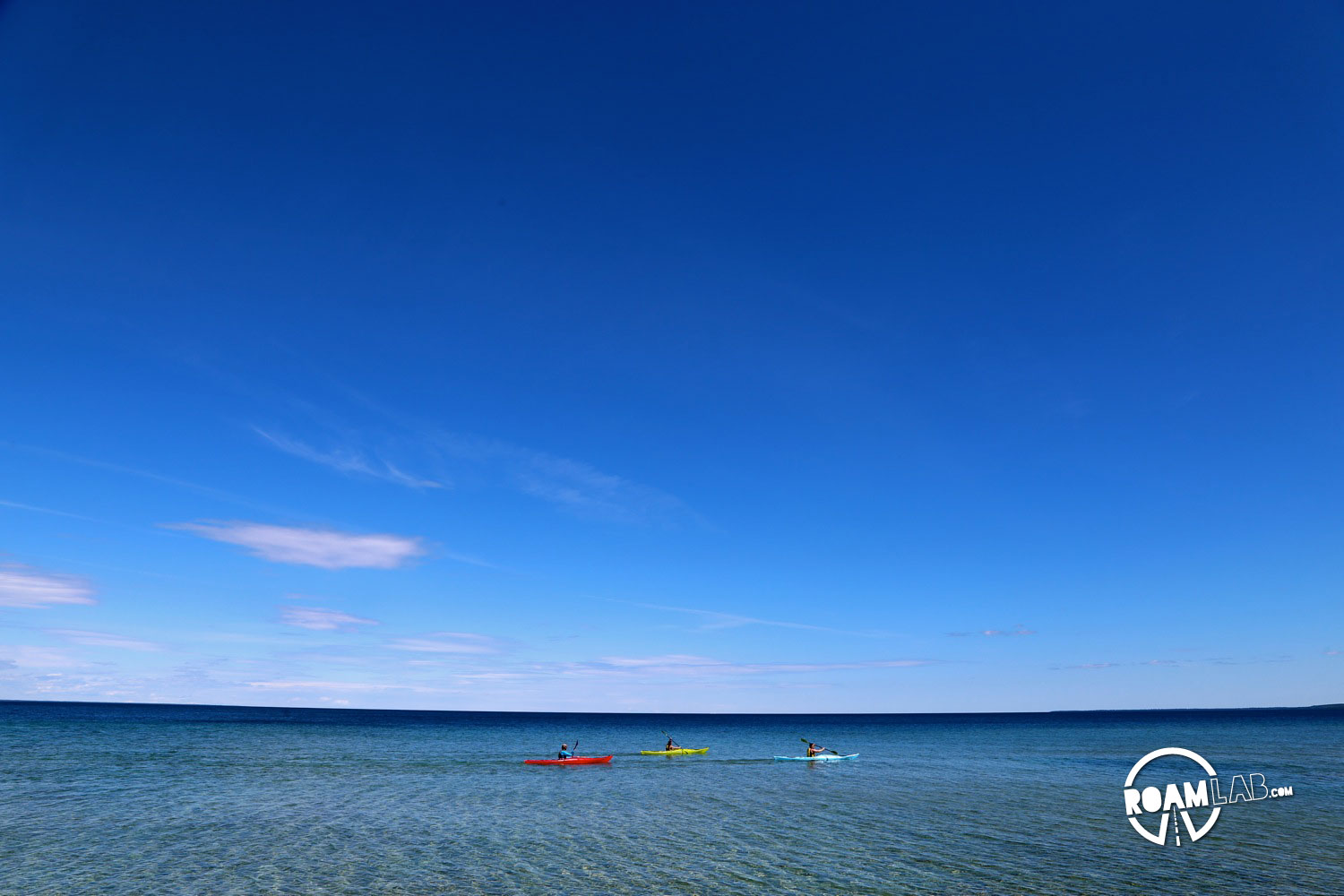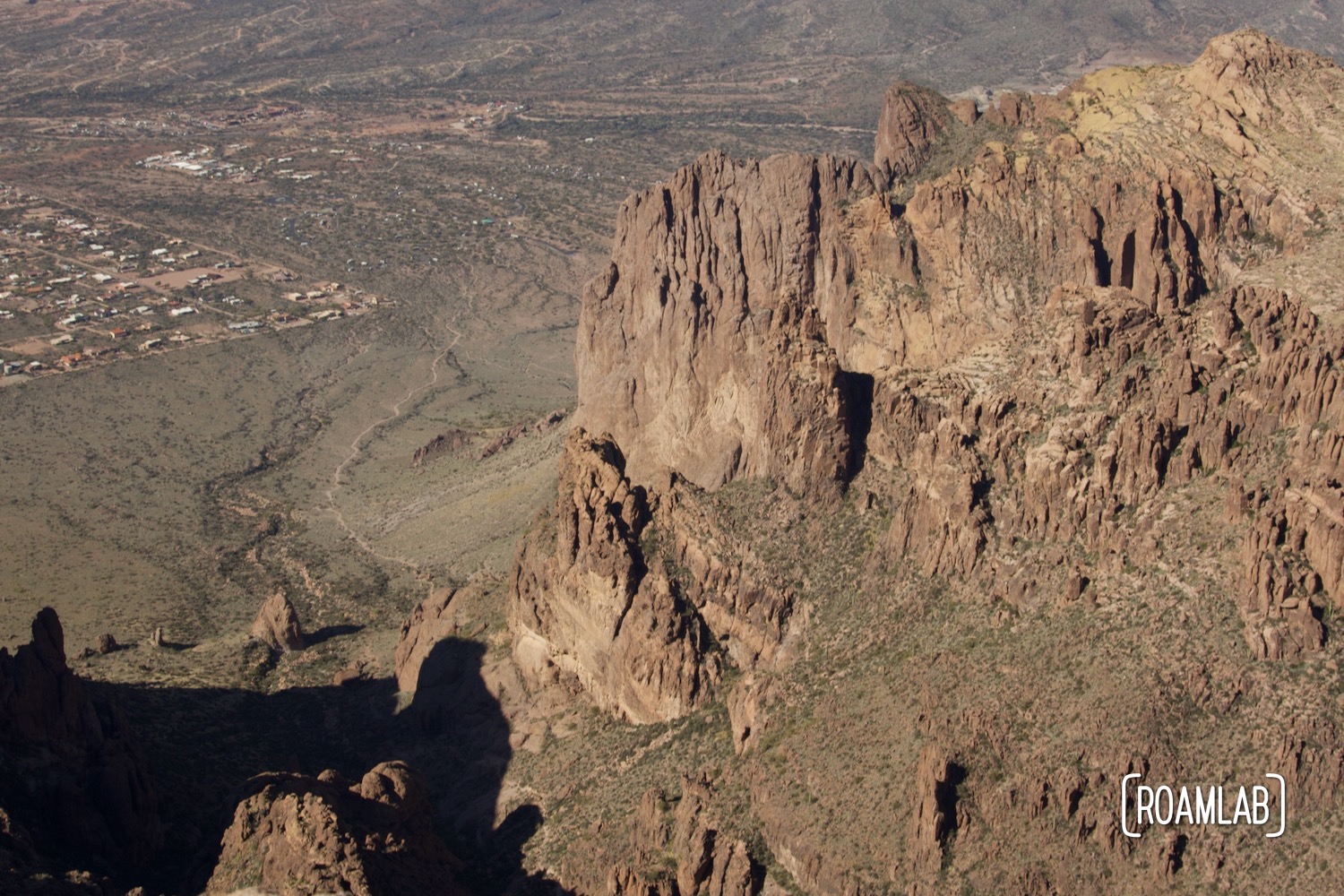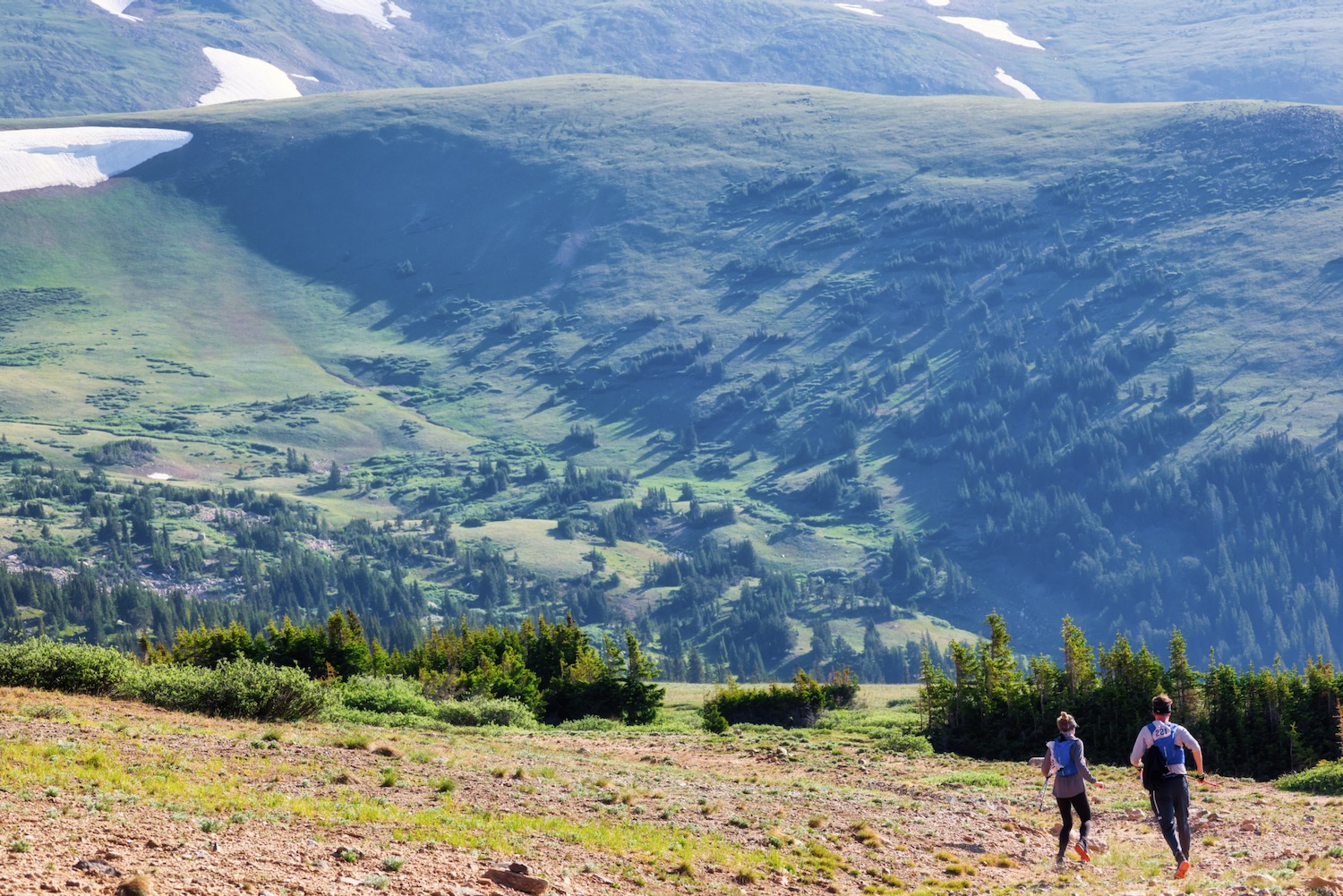
The most important thing to remember about Mackinac Island is to call it “Mackinaw Island.” It would be a devastating faux pas to pronounce the silent “c.” After that, one might want to make some airy allusion to dinner at the Grand Hotel, which charges any non-hotel guest $10 just to enter the grounds. Mackinac Island is a place of meticulous refinement. While it may be suspended between the upper and lower peninsulas of Michigan the island’s classic victorian mansions and elegant hotels tell a different tale. This 3.8 square mile island might as well have been plucked from some east coast seaside village and dropped in Lake Huron.
Before people were arriving by private plane for a day of golf and yachting, Mackinac Island had been a fishing camp, trading post, military fort, and national park. Prehistoric tribes had been known to fish Lake Huron from camps based on Mackinac Island at least as early as 900 AD. When French trappers entered the area, it became a strategic region for trading beaver pelts around the great lakes. Ice age glaciers had receded from the area in 13,000 BC, carving out steep cliffs along the island which the British found ideal for establishing Fort Mackinac, a British stronghold during the Revolutionary War and the War or 1812. With a return to peace, industry returned to the Island which became a hub for John Jacob Astor’s American Fur Company. (Other Astor hubs included Duluth) By the late 1800s, the island had transformed into a popular summer colony. Sports fishers came to the island en masse and tourist services such as hotels and shops popped up to serve the new clientele. Like the Hamptons, Newport, Rhode Island, and Acadia, Maine, Mackinac Island became a popular site for wealthy families to build summer “cottages.” Much of the land, though, was still federally held, and in 1875, Mackinac National Park became the second national park, three years after Yellowstone had become the first. While the federal government eventually turned the land over to the state, it remains a state park to this day. Homes on state land are required to be maintained in their historic state.

Today, the entire 3.8 square mile island is a National Historic Landmark. While it does have a runway for small planes, the island bans nearly all motor vehicles. Thus, rather than cars, visitors travers the island by foot, bicycle, and horse. It’s hard to overlook the cue of horse drawn carriages waiting at the ferry landing much like taxis at the airport.










